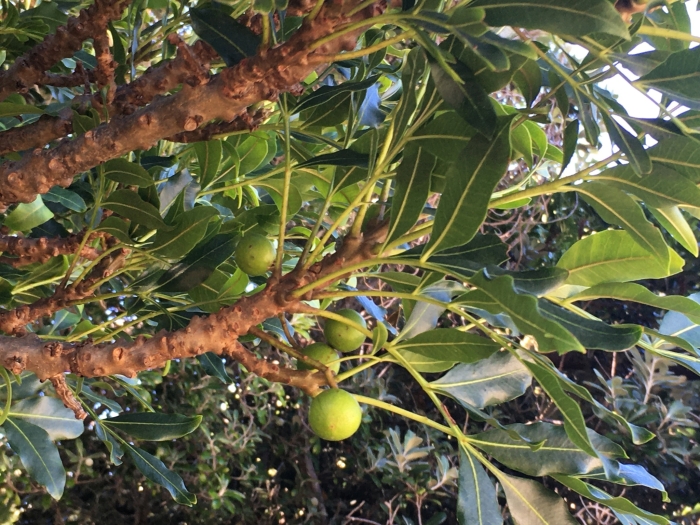Cape Ash
(Ekebergia capensis)
Cape Ash (Ekebergia capensis)
/
/

Caroline Voget
CC BY 4.0
Image By:
Caroline Voget
Recorded By:
Copyright:
CC BY 4.0
Copyright Notice:
Photo by: Caroline Voget | License Type: CC BY 4.0 | License URL: http://creativecommons.org/licenses/by/4.0/ | Rights Holder: Caroline Voget | Publisher: iNaturalist | Date Created: 2021-02-05T06:59:58Z |






















Estimated Native Range
Summary
Ekebergia capensis, commonly known as Cape ash, is a deciduous tree native to a variety of habitats including montane forests, mid-altitude woodlands, and along riverbanks in Eastern and Southern Africa, from the Eastern Cape of South Africa to Sudan and Ethiopia. It can reach up to 98 feet in height and is recognizable by its white lenticels on the branchlets. The imparipinnate leaves are typically up to 14 inches long, contributing to a dense and lush canopy. Cape ash blooms with clusters of white or pinkish sweet-scented flowers, which are followed by small, fleshy drupes.
The tree is valued for its shade and ornamental qualities, making it suitable for large gardens and public landscapes. It is also used for its timber and has traditional medicinal applications. In cultivation, Cape ash prefers full sun to partial shade, and while it is adaptable to different soil types, it thrives in well-drained soils. It is relatively drought-tolerant once established but performs best with regular watering during dry periods. Gardeners should be aware that the tree can have aggressive roots, which may cause problems if planted too close to buildings or paving.CC BY-SA 4.0
The tree is valued for its shade and ornamental qualities, making it suitable for large gardens and public landscapes. It is also used for its timber and has traditional medicinal applications. In cultivation, Cape ash prefers full sun to partial shade, and while it is adaptable to different soil types, it thrives in well-drained soils. It is relatively drought-tolerant once established but performs best with regular watering during dry periods. Gardeners should be aware that the tree can have aggressive roots, which may cause problems if planted too close to buildings or paving.CC BY-SA 4.0
Plant Description
- Plant Type: Tree
- Height: 15-50 feet
- Width: 15-30 feet
- Growth Rate: Moderate
- Flower Color: White
- Flowering Season: Spring
- Leaf Retention: Evergreen
Growth Requirements
- Sun: Full Sun, Part Shade
- Water: Medium
- Drainage: Medium, Fast
Common Uses
Bird Garden, Low Maintenance, Showy Flowers
Natural Habitat
Native to montane forests, mid-altitude woodlands, and riparian areas in Eastern and Southern Africa
Other Names
Common Names: Essenhout, Dogplum, Mountain Ash
Scientific Names: , Ekebergia capensis, Charia chevalieri, Charia indeniensis, Ekebergia buchananii, Ekebergia chevalieri, Ekebergia complanata, Ekebergia dahomensis, Ekebergia holtzii, Ekebergia indeniensis
GBIF Accepted Name: